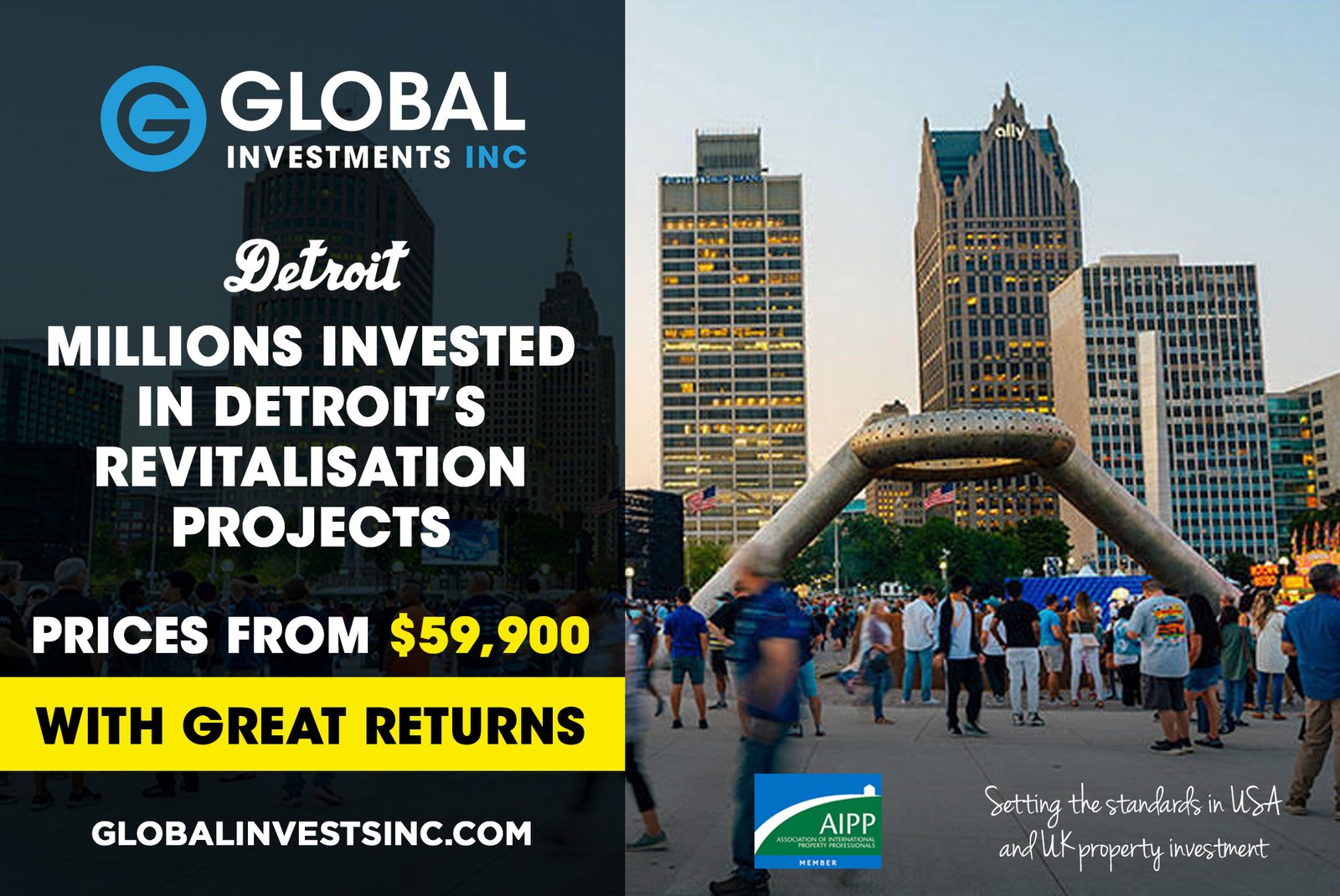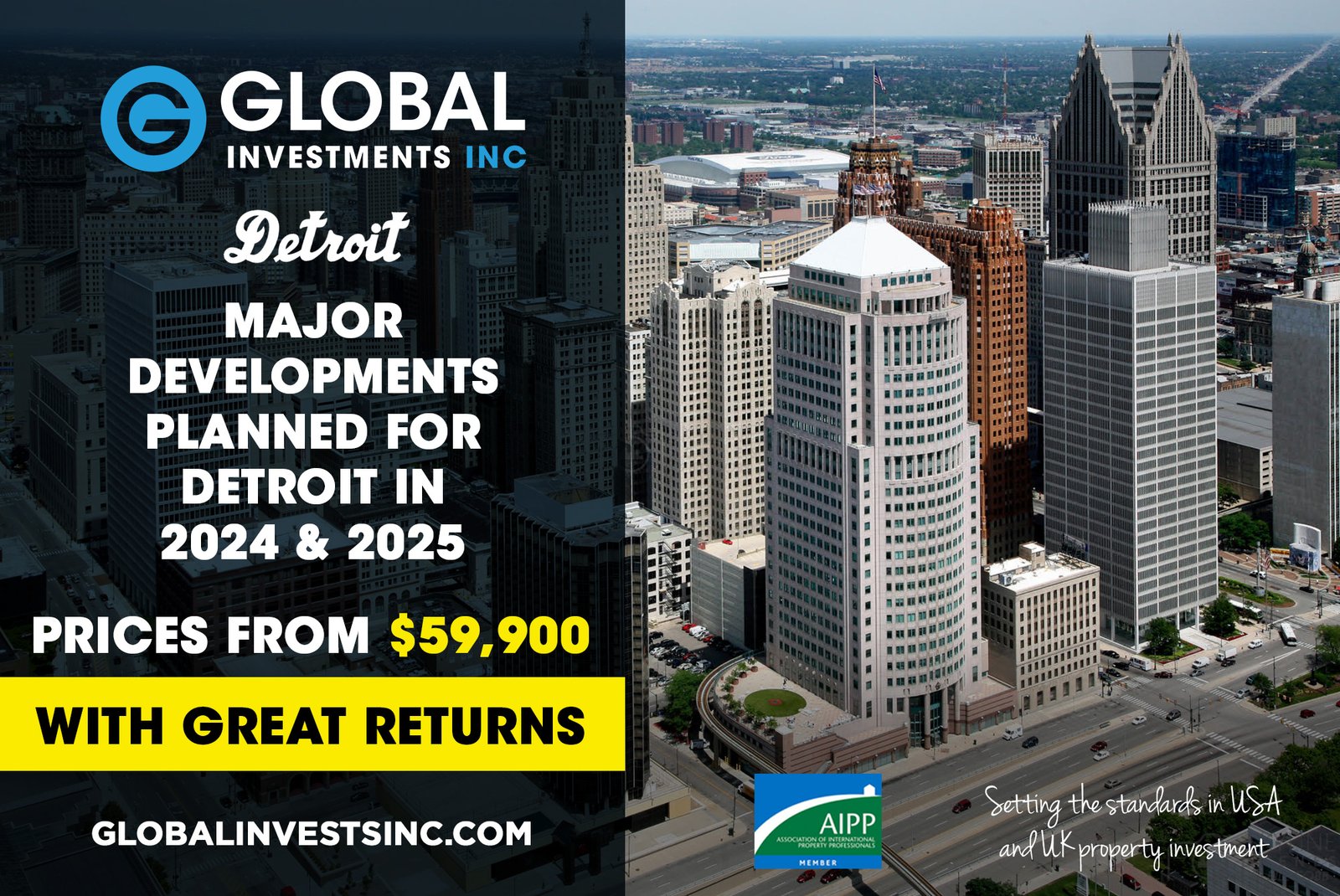
Revitalizing Neighborhoods: A Look at Fairfax, Glenville, and Hough Developments
In recent years, urban revitalization projects have gained momentum across the United States, aiming to breathe new life into neglected neighborhoods and communities. One such initiative has been unveiled in Fairfax, Glenville, and Hough—three historically significant neighborhoods that are now on the cusp of transformation. Let’s delve into these developments and explore the potential impact they hold for their residents and the broader community. Fairfax: Preserving History, Embracing Innovation Fairfax, located in Cleveland, Ohio, boasts a rich history as one of the first African-American suburbs in the country. Over the years, economic challenges and neglect have dimmed its once vibrant character. However, recent development plans seek to rejuvenate Fairfax while preserving its historical significance. One notable project is the restoration of historic landmarks, such as the iconic Karamu House, a renowned African-American theater and community center. Additionally, initiatives to improve infrastructure, housing, and access to amenities are underway, aiming to attract new residents and businesses to the area. Glenville: Fostering Economic Empowerment and Community Engagement Glenville, another Cleveland neighborhood, is undergoing a revitalization effort focused on fostering economic empowerment and community engagement. Collaborative ventures between local government, nonprofits, and private investors aim to address economic disparities and enhance quality of life for residents. Key components of the Glenville revitalization plan include the creation of mixed-use developments, affordable housing options, and support for small businesses. Moreover, initiatives promoting cultural enrichment and educational opportunities are integral to the neighborhood’s transformation, nurturing a sense of pride and belonging among its diverse population. Hough: Building a Sustainable and Inclusive Future Hough, a historic Cleveland neighborhood known for its pivotal role in the civil rights movement, is poised for a renaissance that prioritizes sustainability and inclusivity. Recognizing the community’s resilience and cultural heritage, development efforts seek to build upon existing strengths while addressing systemic challenges. Investments in green infrastructure, renewable energy, and sustainable transportation aim to create a more environmentally conscious and resilient neighborhood. Furthermore, initiatives promoting social equity, affordable housing, and access to healthcare and education are central to Hough’s redevelopment strategy, ensuring that all residents can benefit from its revitalization. Conclusion: The unveiling of revitalization projects in Fairfax, Glenville, and Hough signals a new chapter in the evolution of these historic neighborhoods. By leveraging their unique assets, fostering economic empowerment, and prioritizing community engagement, these developments hold the promise of creating vibrant, inclusive, and sustainable communities for generations to come. As stakeholders continue to collaborate and invest in the future of these neighborhoods, their transformation serves as a beacon of hope and inspiration for urban revitalization efforts nationwide. If you would like more information on our Cleveland properties please email invest@globalinvestmentsincorporated.com





